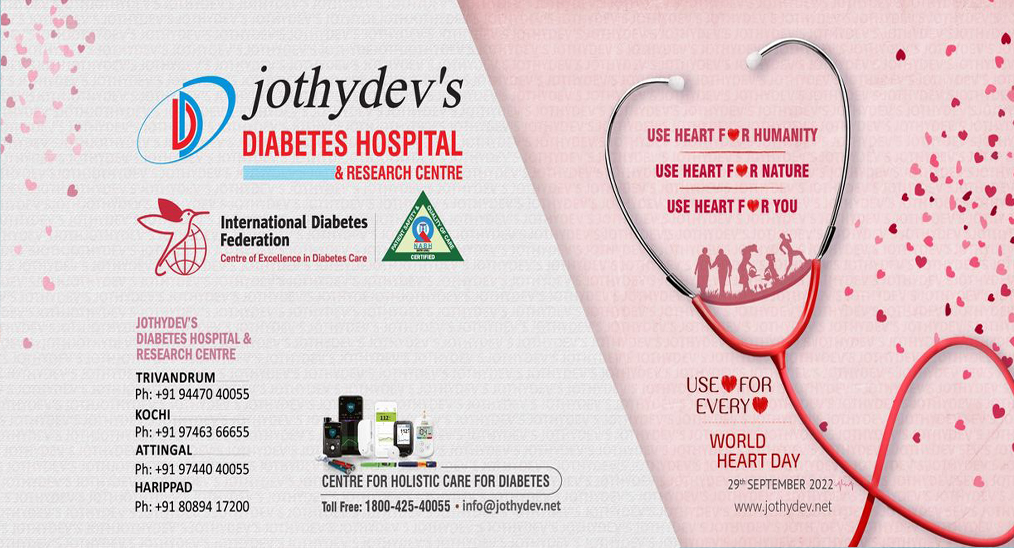3. Lower or higher glycemic criteria for gestational diabetes diagnosis

Even though, the diagnosis of gestational diabetes remains unclear, its treatment improves maternal and infant health according to a recent research published in ‘The New England Journal of Medicine’.
The researchers randomly assigned women at 24 to 32 weeks’ gestation in a 1:1 ratio to evaluate gestational diabetes with the use of lower or higher glycemic criteria for diagnosis. The lower glycemic criterion was a fasting plasma glucose level of at least 92 mg/dL, a 1-hour level of at least 180 mg/dL, or a 2-hour level of at least 153 mg/dL. The higher glycemic criterion was a fasting plasma glucose level of at least 99 mg/dL or a 2-hour level of at least 162 mg/dL. The primary outcome was the birth of an infant who was large for gestational age (defined as a birth weight above the 90th percentile according to Fenton–World Health Organization standards). Secondary outcomes were maternal and infant health.
A total of 4061 women underwent randomization. Gestational diabetes was 15.3% in the lower-glycemic-criteria group and 6.1% in the higher-glycemic-criteria group. Among the infants born to women in the lower-glycemic-criteria group, 8.8% were large for gestational age, and among those born to women in the higher-glycemic-criteria group, 8.9% were large for gestational age (adjusted relative risk, 0.98; 95% confidence interval, 0.80 to 1.19; P=0.82). Induction of labor, use of health services, use of pharmacologic agents, and neonatal hypoglycemia were more common in the lower-glycemic-criteria group than in the higher-glycemic-criteria group. The results for the other secondary outcomes were similar in the two trial groups.
The study concluded that the use of lower glycemic criteria for the diagnosis of gestational diabetes did not result in a lower risk of a large-for-gestational-age infant than the use of higher glycemic criteria.
For enquiries info@jothydev.net.
Please visit: jothydev.net | research.jothydev.com | diabscreenkerala.net | jothydev.com/newsletter




